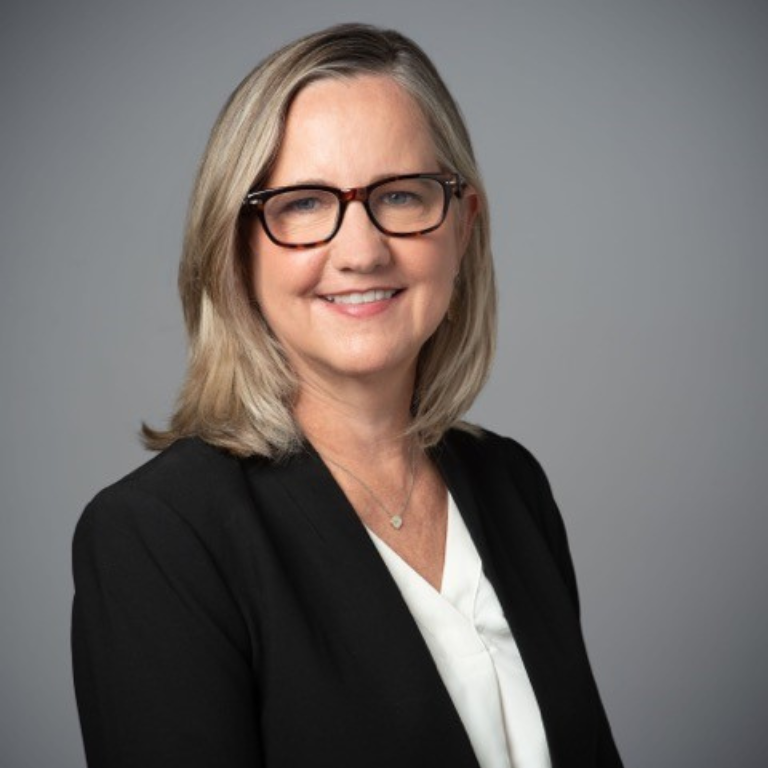Taking charge and finding new treatment options for MBC: Tammy Uhl
With the right medical team, Tammy Uhl found hope and a game changer in breast cancer treatment
- 06/20/24
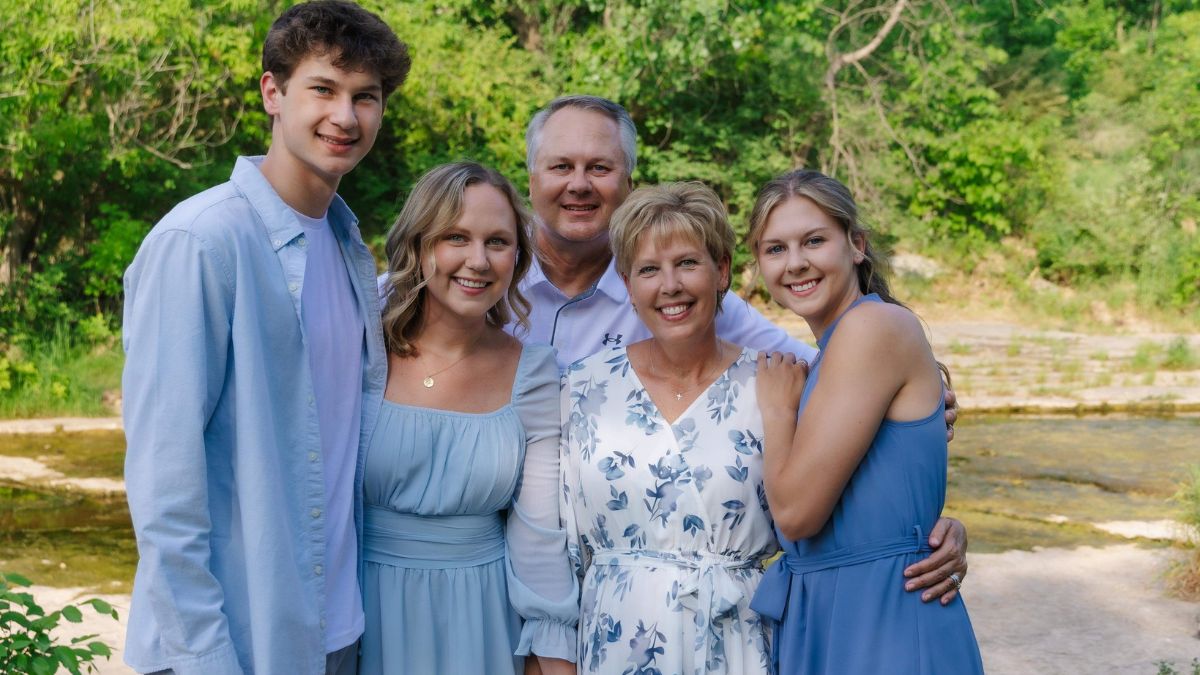
On Labor Day weekend 2020, just months after the start of the COVID-19 pandemic, Tammy Uhl of Green Bay, Wisconsin, learned she had stage IV breast cancer.
A pandemic, then a progression
Originally diagnosed in 2014 at age 42 with stage IIB, estrogen receptor-positive, HER2-negative breast cancer, Tammy had undergone surgery, radiation, and chemotherapy. She thought she was in the clear and resumed her active life. She juggled her roles as a court reporter and closed captioner for the deaf and a mom to three school-aged children, all while maintaining her passion for distance running.
A few years later, Tammy had some back pain, which a radiologist diagnosed as a benign growth in her spine. In 2020, she experienced worsening knee pain. Given her active lifestyle, she chalked it up to the wear and tear of exercise and sought help through physical therapy. Eventually, an MRI of her knee revealed that she had cancer throughout her femur (thigh bone).
After a series of orthopedic procedures to stabilize her spine and femur, as well as radiation to those areas and her hip, Tammy started on the CDK 4/6 inhibitor abemaciclib (Verzenio) and the endocrine therapy fulvestrant (Faslodex)—due to the cancer’s estrogen receptor-positive status—and denosumab (Xgeva) to prevent bone fractures.
By early 2022, an MRI revealed yet another possible progression, this time in the hip. Tammy’s orthopedic oncologist performed a hip replacement and said he could biopsy any cancer found at that time.
Firing her medical oncologist, finding the right team
Because Tammy’s family had moved to a new community near Green Bay in 2020, she was working with a new medical oncologist. Even before the biopsy results came back, she recalls, “His attitude was, ‘enjoy the time you have left, there are no other options for you.’” He prescribed weekly intravenous chemotherapy and told her it was “unlikely” she would live to see her son’s high school graduation in 2024. Her doctor also recommended that she quit her job and go on disability—which she did.
The silver lining of leaving her job was that it gave her more time to do research, join online breast cancer communities, and advocate for awareness. “I have thrown my life into advocacy and sharing my story,” Tammy says. “That's how I fill my days.”
But her oncologist’s words also sent her into what she calls “a very dark spiral.” Tammy had consulted with a breast specialist at the University of Wisconsin Carbone Cancer Center (UW-Carbone), who suggested a liquid biopsy: a test that analyzes the blood sample for specific genetic mutations that could influence treatment decisions. The results might indicate which existing therapies are most effective for her cancer or if she is eligible for a clinical trial. But Tammy’s medical oncologist dismissed the idea.
It was time for a change.
Determined to be an active participant in her treatment decisions, Tammy delved deeper into research. As she says, “It helps me to have information and stay on top of the knowledge of what’s coming.” She discovered she had options besides chemotherapy.
Tammy sought a referral from the UW-Carbone breast specialist and switched to another medical oncologist in her community, who was a much better fit. “His attitude was, ‘I will never take away your hope,’” Tammy recalls. “Hope is everything; this is what this whole process is about. It’s not that we aren’t going to face hard decisions. But we hope to get more time.”
Tammy also consulted with oncologists at M.D. Anderson Cancer Center in Houston, Texas, and the Mayo Clinic in Rochester, Minnesota. Because Mayo was within driving distance, she decided to continue there while also working with her local oncologist and the breast specialist at UW-Carbone.
“Flipping” from ER+ to ER-
Getting multiple opinions felt especially critical because the biopsy of Tammy’s hip metastasis tested negative for estrogen receptors, a significant shift from her original ER-positive diagnosis. This change, sometimes known as “flipping” from ER-positive to ER-negative, could impact her treatment options significantly. But, as Tammy says, “Bone biopsies aren’t the most reliable,” especially after radiation, which can affect the bone tissue and therefore muddle the accuracy of readings.
Tammy also had done two liquid biopsy tests, neither of which showed any actionable mutations, leaving her team without the information they needed for treatment options that would be based on her cancer’s genetic makeup.
Without clear answers, she and her team decided to continue her ER-targeted regimen. When another progression occurred a year later, Tammy started on capecitabine (Xeloda), a type of chemotherapy. Still, the question remained: “Are we treating estrogen receptor-positive cancer, or aren’t we? It wasn't possible to biopsy the most recent progression.”
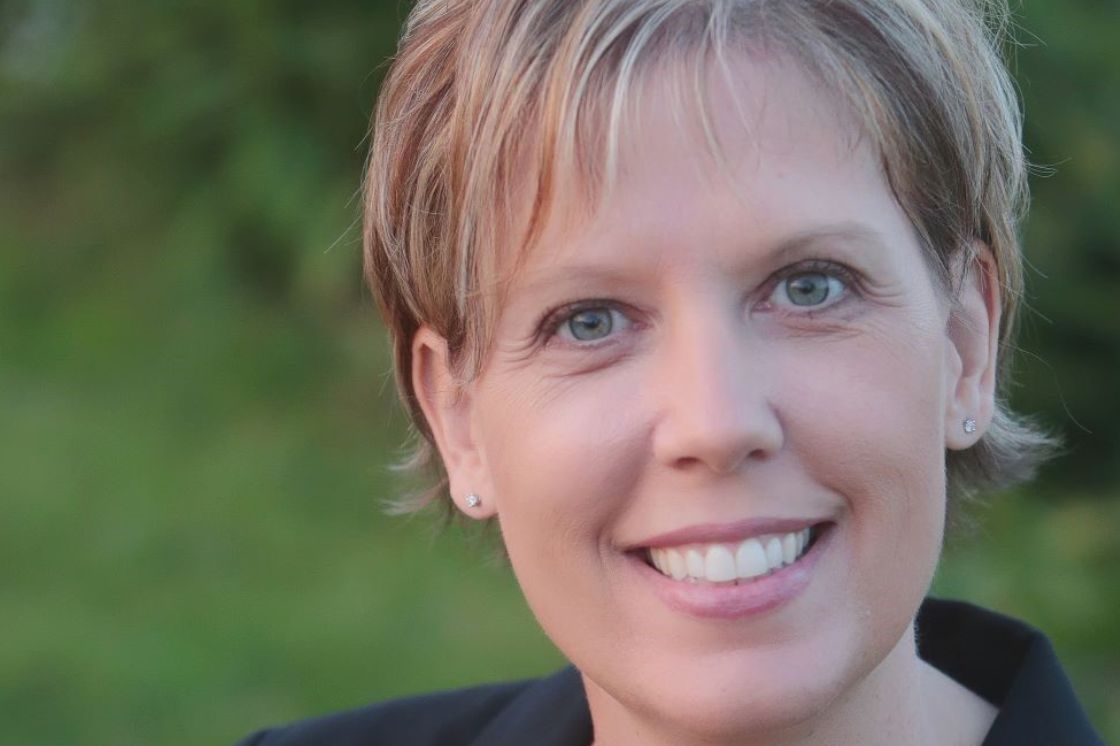
"Hope is everything; this is what this whole process is about. It’s not that we aren’t going to face hard decisions. But we hope to get more time."
Well-informed treatment decisions
To get the answer, Tammy’s Mayo Clinic doctor suggested they consider a newer type of PET scan, called FES PET, also known by the brand name Cerianna. Traditional PET scans use the radioactive tracer FDG, or fluorodeoxyglucose, to “light up” cancer cells based on how they take up glucose (sugar) more rapidly than normal cells. FES PET uses an injection of a radioactive tracer called fluoroestradiol F18 (FES), which specifically targets estrogen receptors so that doctors can see whether areas of metastasis are ER-positive or ER-negative.
In 2023, National Comprehensive Cancer Network guidelines stated that Cerianna could be used to determine ER status in people with recurrent or metastatic breast cancer.
Although Cerianna isn’t available everywhere, Tammy was fortunate that UW-Carbone offered it. She had the FES PET scan in March 2024, and her health insurance covered it. She says the experience was much like having a traditional PET scan: about an hour wait after the injection to allow the tracer to move through the body, and an hour for the scan itself.
“Once the results came back, they showed I have a mixture: Some areas were estrogen receptor-positive, but some were clearly ER-negative,” Tammy says. The cancer had always been classified as HER2-negative as well, but her past scores on that test had been 1—suggesting that it was actually HER2-low. This mixed status suggested that continuing with ER-targeted therapies alone might not be effective.
Based on that information, her team started her on trastuzumab deruxtecan (Enhertu), an antibody drug conjugate that targets HER2-low cancer cells more precisely.
“[Cerianna] made a huge difference in which route we were going to take,” she says. “Without it, I guarantee I would have gone on to try another CDK 4/6 inhibitor—and that would not have been good for me. There was no other way for me to have the right information.
“I’ve had two treatments so far,” Tammy adds. “There are a couple of challenging days, but I can still do what I want to do. So far, my tumor markers are decreasing, so that is positive news.”
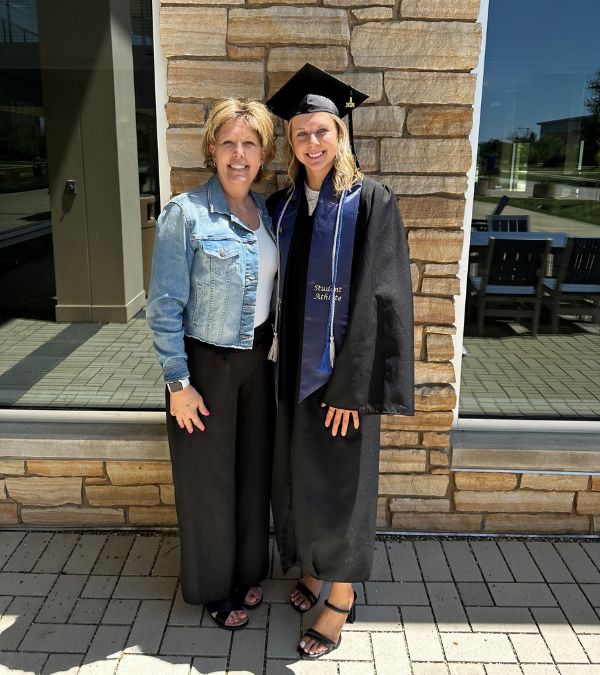
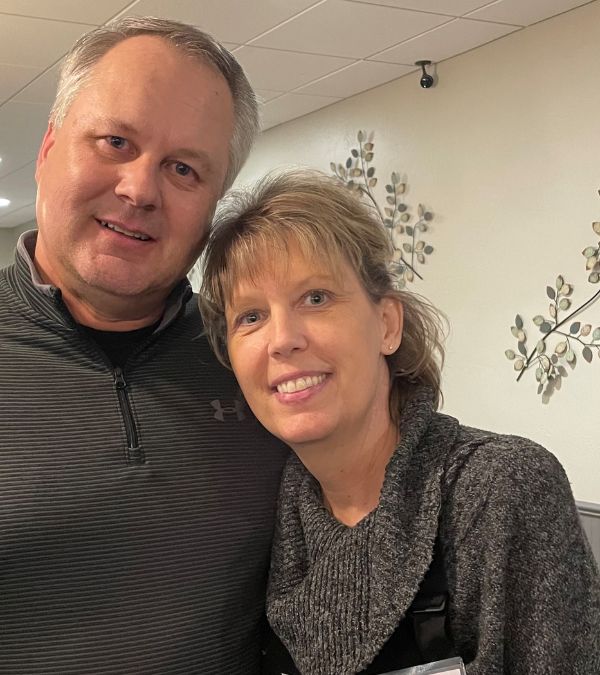
Advocacy and planning ahead
As a Hear My Voice advocate with LBBC, Tammy continues to share her story and learn as much as she can. “There are just so many opportunities for online learning. I was really focused on ER-positive treatment options before, but now I’m also focused on HER2-targeted options,” she says.
She’s planning a summer RV trip to Niagara Falls and New York City with her husband, her two daughters, now in their early 20s, and her 18-year-old son. In June, she was there when her son graduated from high school. And she can’t help but think of the oncologist who told her she wouldn’t reach that milestone.
“By him saying what he said, it really led me down this path of getting other opinions, including access to FES PET,” she says. “He really set a lot of things in motion once I stopped myself from the downward spiral.”
Because the areas of metastases are too difficult to biopsy, Tammy is glad to have Cerianna as an option for future treatment planning. And being an advocate remains important to her: “If my story touches just one person, to me, it’s worth it.”
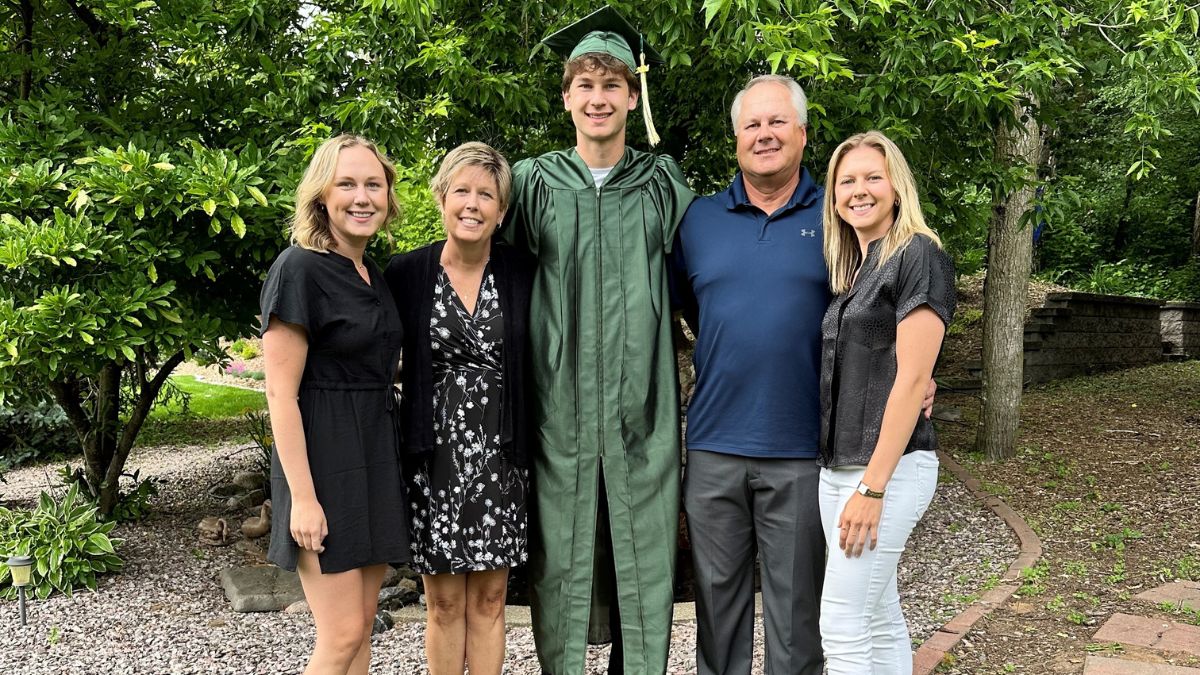
DISCLAIMER:
The views and opinions of our bloggers represent the views and opinions of the bloggers alone and not those of Living Beyond Breast Cancer. Also understand that Living Beyond Breast Cancer does not medically review any information or content contained on, or distributed through, its blog and therefore does not endorse the accuracy or reliability of any such information or content. Through our blog, we merely seek to give individuals creative freedom to tell their stories. It is not a substitute for professional counseling or medical advice.
Stay connected
Sign up to receive emotional support, medical insight, personal stories, and more, delivered to your inbox weekly.

